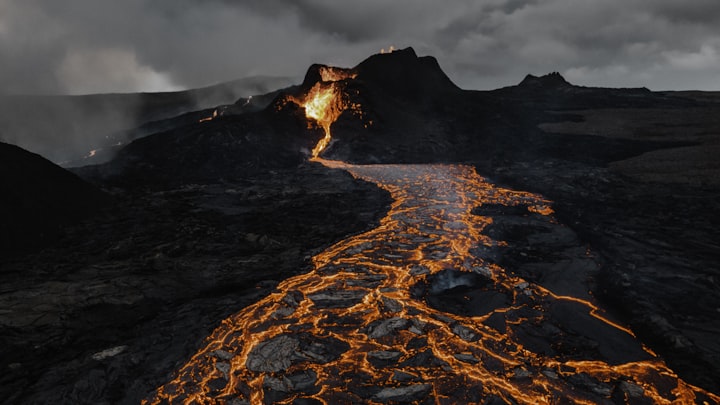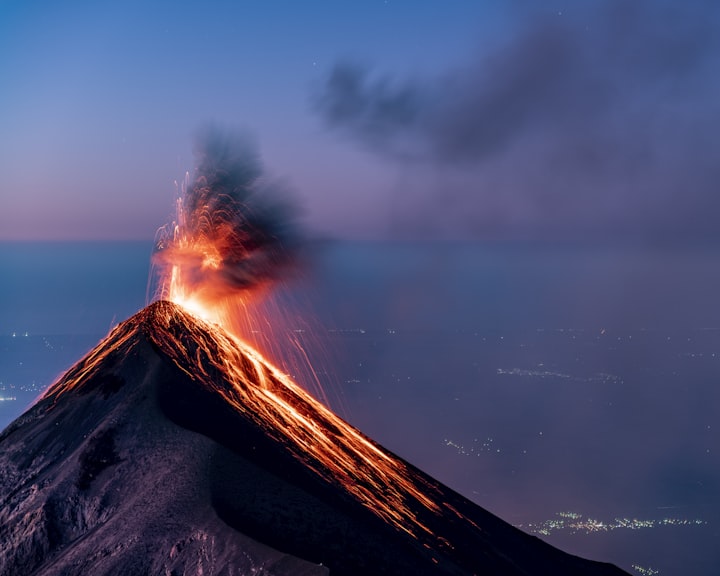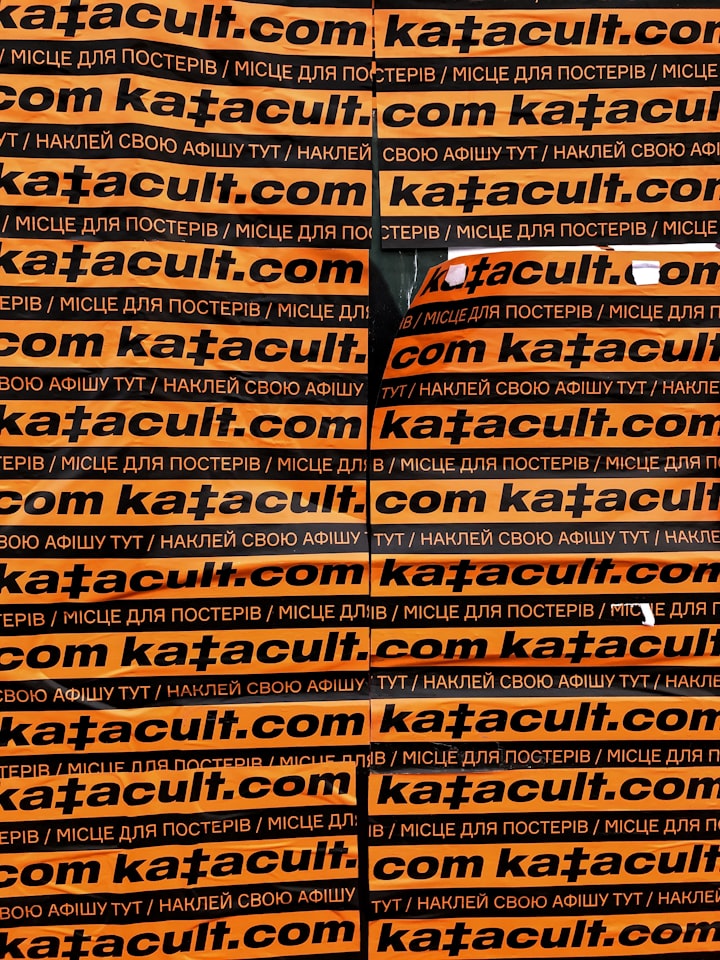The 5 Largest Volcanoes in the World
Volcanoes form when hot liquid rock known as magma rises slowly through the crust of the Earth. At first, the magma stays underground. But eventually, the pressure becomes too great and the magma pushes upward through the crust.

Volcano is a type of geothermal eruption that occurs when magma (molten rock) rises through cracks in the earth's crust. When the molten rock reaches the surface, it erupts from volcanoes. Volcanoes can occur at any time, anywhere, but they are most common in areas where tectonic plates meet.
Volcano is a type of geothermal eruption that occurs when magma (molten rock) rises through cracks in the earth's crust. When the molten rock reaches the surface, it erupts from volcanoes. Volcanoes can occur at any time, anywhere, but they are most common in areas where tectonic plates meet.
Magma rising through cracks in the crust causes volcanic eruptions. As the molten rock moves toward the surface, it cools and hardens into lava. Lava flows downslope until it reaches groundwater. If the water table is high enough, the cooled lava may not reach the surface. Instead, steam builds up beneath the hardened lava and forces its way to the surface. This is called an explosive eruption.
A volcano is formed when magma rises from below ground and erupts through the surface.
Volcanoes form when hot liquid rock known as magma rises slowly through the crust of the Earth. At first, the magma stays underground. But eventually, the pressure becomes too great and the magma pushes upward through the crust.
Explosive eruptions send huge amounts of ash and gas into the air. These explosions can destroy nearby towns and villages.
Volcanoes are usually located near plate boundaries. They often have calderas, which are large circular depressions surrounded by steep slopes. Calderas were created when massive amounts of material erupted violently from the volcano.
1. Mount Kilimanjaro, Tanzania
Mount Kilimanjaro, Africa's highest peak, rises from the floor of the Great Rift Valley. At 5,895 meters (19,341 ft) above sea level, it is the tallest free-standing mountain in the world.
The first European to climb Mt. Kilimanjaro was Scottish botanist David Livingstone who climbed it in 1858. He named the mountain after his friend and missionary Henry M. Stanley, who accompanied him.
In 1909, the German explorer Ernst Fuchs became the first person to reach its summit.
The first time anyone reached the top of the mountain was in 1931 when two British climbers, George Leigh Mallory and Andrew Irvine, died in a storm while attempting to become the first people to reach the summit of Everest.
On August 6, 1998, a Japanese climber, Junko Tabei, became the first woman to reach the summit of Mount Kilimanjaro. She did this at age 64.
2. Mount Vesuvius, Italy
The volcano that erupted in 79 AD was named after the Roman god of the underworld, Pluto. This name was given to the mountain due to its similarity to the Greek god's home, Hades. The eruption of this volcano caused widespread devastation across the region, killing thousands of people and destroying many cities.
3. Mount St. Helens, USA
St. Helens is located in the Cascade Mountain range, about 60 miles north-northeast of Portland, Oregon. It is the youngest volcano in the Cascades, having formed in the last 10 million years. Its first recorded eruption was in 1786, and it has erupted several times since then. On May 18th 1980, the volcano erupted violently, killing 57 people and destroying nearly 100 homes.
4. Mount Etna, Italy
Etna is the largest active volcano in Europe and has been erupting since at least 2500 BC. There have been over 50 recorded eruptions since then, but only two major events were documented before the year 1000. In 1669, the volcano erupted again, causing widespread destruction and death.
5. Mount Nyiragongo, Democratic Republic of the Congo
Mount Nyiragongo is located in the eastern region of the Democratic Republic of the Congo (DRC). It is the highest active volcano in the world that has erupted continuously since 1887. It is also the second largest volcano in Africa after Kilauea in Hawaii. Its name means “smoke that thunders” in Swahili.
The mountain is over 5,000 meters high and is composed of three distinct peaks. The first peak is called the Main Crater, which is about 1,500 meters wide. The second peak is called the East Crater, which is almost twice as large as the Main Crater. The third peak is called the West Crater, which is much smaller than the other two craters.
The mountain is considered sacred to many indigenous groups in the area. They believe that the mountain was created by the god Gendemba who lives in the clouds. He sent down his spirit through the smoke that would come out of the crater. This belief is what led to the name of the mountain.
The mountain is home to several different species of wildlife including leopards, elephants, monkeys, baboons, hippos, crocodiles, and zebras. There are also many different types of birds that can be seen here. Some of these include eagles, vultures, storks, falcons, parrots, and owls.
The mountain is also known for its rich biodiversity. Many scientists have studied the flora and fauna of this place. One study showed that there were at least 2,000 plant species present on the mountain. Another study showed that there were over 500 bird species present.
Scientists estimate that the mountain erupts once every 200 years. However, they do not know exactly how long it takes for the mountain to build up pressure and then explode.
About the Creator
Writer Tiger
I write articles on Psychology, Technology, Blockchain and information. Most of my time is spent researching and getting the right information.






Comments
There are no comments for this story
Be the first to respond and start the conversation.